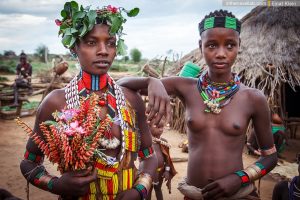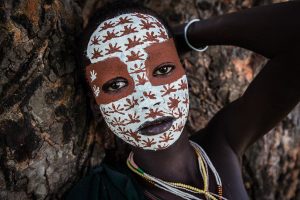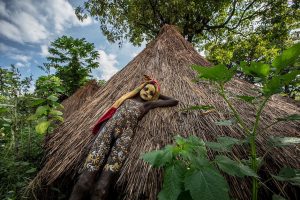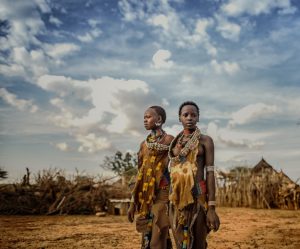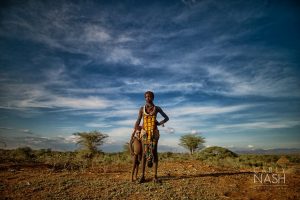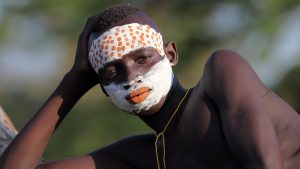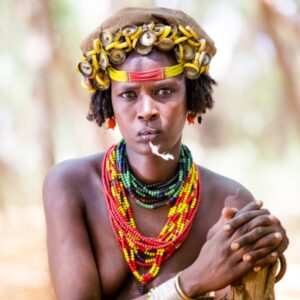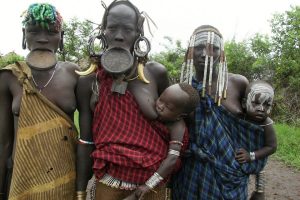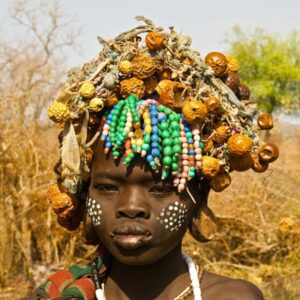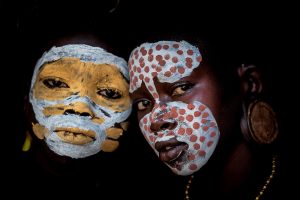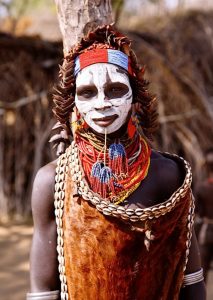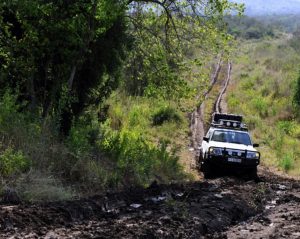Omo Valley Cultural Route — 10 Days
The Lower Omo Valey is arguably one of the most remote destinations in Africa. Spanning a great distance from the Kenyan border north along the Rift Valley, the Omo Valley is home to many of the most well-preserved tribal groups in Africa.
Culturally, the Omo Valley is quite rich with some 45 languages spoken by people of many different ethnic origins. These nations, from the many thousand-strong Borena to the just 1000-strong Karo, exhibit a fascinating range of cultural practices.
One notable cultural practice of these different groups of people is the way they build their houses. The Dorze, the Sidama and the Gurage in particular are known for their domed or beehive-like constructions that demonstrate the different uses of bamboo.
The Dorze Tribe :-Once warriors, they now earn their living by farming and weaving. The Dorze name is synonymous with the best in woven cotton cloth and the tall-up bee-hive shaped bamboo house. There is quite a big Dorze community living and weaving on the northern part of Addis, on the way to Entoto. These peoples rarely use the administrative and police force of the city. They settle all disputes in their usual cultural way, through their elders.
Konso :-About 960 miles south west of Addis Ababa lies the widely cultivated Konso land that is embraced by Precambrian serpentines and granites. The Konso peoples speak eastern Cushitic language and are agriculturalists and weavers. They idealize the figures and heroic lives of their deceased symbolized with wooden totem.
Hamar & Benna :-in the far southwest Omotic region, beyond Mount Buska live the Hamar and Benna people. The Hamar and Benna are two of the Omotic speakers of remote south west Ethiopia, with unique manifestations of traditional wisdom, the ‘jumping of bulls’. The purpose of this rite is twofold: while one is the passage from boyhood to adulthood, the other is the courting occasion when both men and women adorn themselves to win a mate. Traditional attire includes men putting ochre buns with ostrich feathers in their hair, while the women wear their hair in short tufts rolled in ochre mixed with fat.
Mursi & Surma :-In the remote wilderness of the southwest Ethiopia live the Mursi and Surma. These peoples were completely forgotten by Ethiopia and the outside world at large, and they on their part had no notion of the outside world including Ethiopia until the 1970s. While the women show their beauty and endurance by the ear lobes and the piercing of the lips, the men demonstrate their courage and stamina in the stick fighting ceremony.
The Karo tribe residing along the borders of the Lower Omo River incorporates rich, cultural symbolism into their rituals by using ornate body art, intricate headdresses, and significance within their community. The most important ceremony in the life of a Karo is the Pilla, or jumping over a group of oxen. This ritual marks the passage from adolescence to adulthood. The ceremony is similar to that of the Hamar, however the Karo only have four chances to jump over the oxen without falling.
Dassanetch :-Speak a completely different language and are actually the Cushitic speaking group of the Omo Valley. The most important ritual of the Dassanetch is the so-called dime. In theory, only a man who has had a daughter can be circumcised, although in practice, circumcision is carried out on the entire age-group. The daughter is most important in the dime ceremony. After the ceremony, which takes six weeks, the participants are upgraded to ‘great men’, or those that may engage in politics. The dime ritual is directly connected to the upcoming marriage of the daughter when large quantities of cattle are slaughtered for the occasion.


